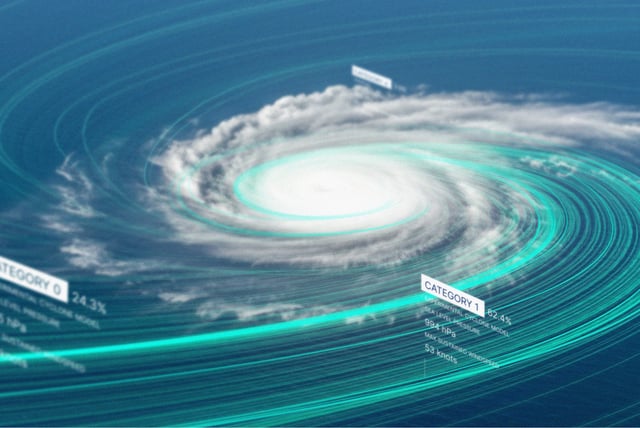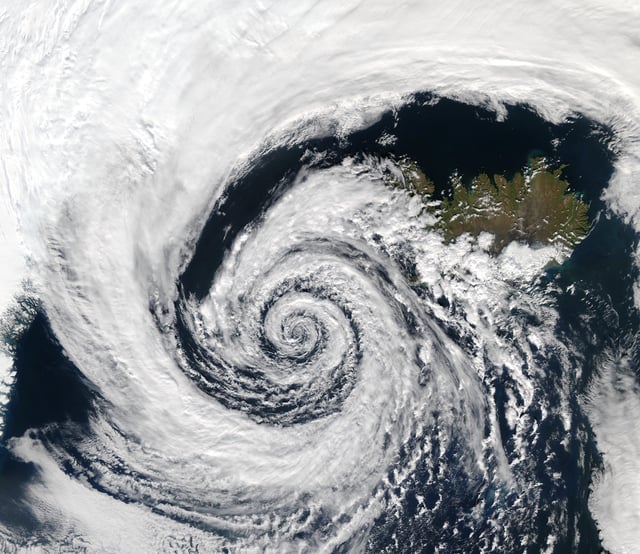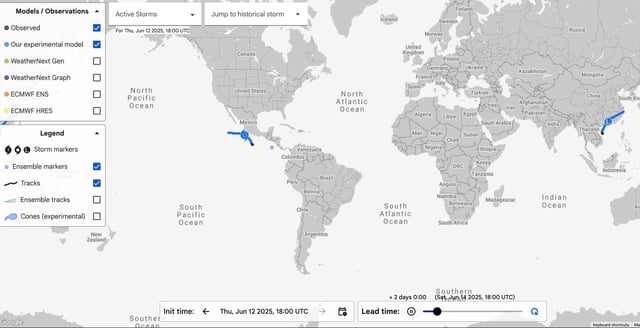Overview
- The experimental system produces 50 ensemble scenarios for cyclone track, intensity, size, and shape up to 15 days ahead and runs 15-day predictions in about one minute on a single specialized chip, compared with hours for traditional models.
- In internal evaluations following NHC protocols, its five-day track forecasts were on average 140 kilometers closer to actual storm positions than ECMWF’s leading physics-based ensemble model and its intensity predictions outperformed NOAA’s HAFS.
- Google DeepMind launched Weather Lab, an interactive research platform that displays live and historical AI forecasts alongside traditional models while emphasizing that it is not an official source for warnings.
- Training on both global reanalysis data from millions of observations and a specialized database of nearly 5,000 observed cyclones enabled the model to excel at predicting both storm paths and intensities.
- U.S. National Hurricane Center forecasters have begun incorporating the AI outputs into their operational workflow for the 2025 season, marking the first official application of DeepMind’s experimental cyclone predictions.



